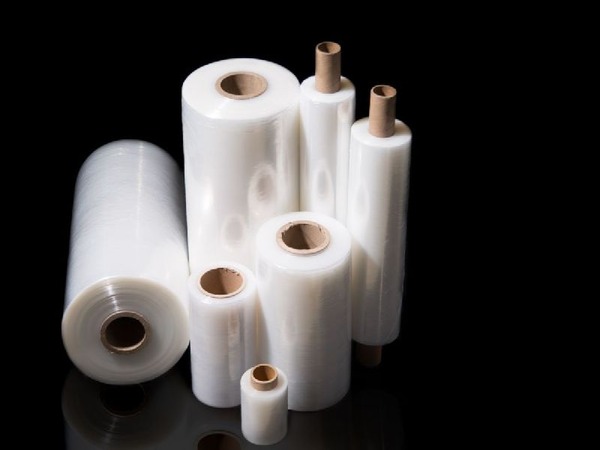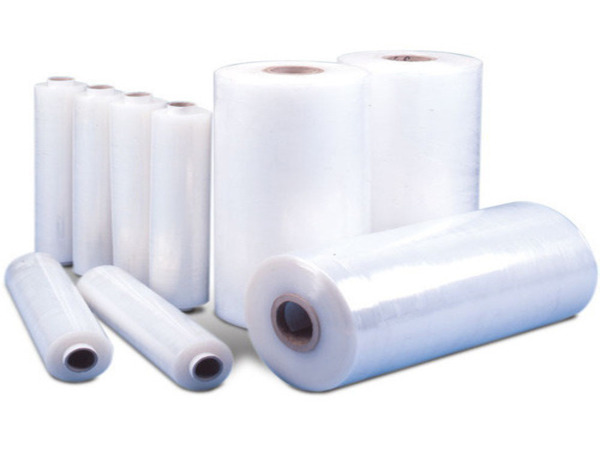What is Wrapping Roll?
“A wrapping roll generally refers to a roll of paper or plastic material that is used for wrapping or packaging items. The specific type of wrapping material can vary depending on the intended use and the preferences of the user. For example, wrapping rolls can be made from materials such as kraft paper, tissue paper, or cellophane for gift wrapping or packaging small items. Alternatively, rolls of bubble wrap or foam sheeting can also be used for wrapping and cushioning larger items to protect them during shipping or storage. Wrapping rolls can be found in various sizes and lengths to accommodate different types of items and packaging needs. They can be purchased from packaging suppliers, office supply stores, or online retailers.”
History of Wrapping Roll in Brief Below:
The history of wrapping rolls can be traced back to the 19th century, when paper was first mass-produced and became widely available as a packaging material. In the late 1800s, companies began using paper to wrap and package products, such as candy and cigarettes, for sale to consumers.
The use of wrapping paper for gift-giving also became popular during this time, as people began to exchange gifts during holidays and special occasions. The first printed wrapping paper was produced by a company called Hall Brothers (now known as Hallmark) in 1917, featuring a colorful design of flowers and birds.
In the mid-20th century, plastic materials such as cellophane and polyethylene were introduced and began to be used for packaging and wrapping items. Bubble wrap, a type of plastic material with air bubbles used for cushioning, was invented in the 1960s by two engineers, Marc Chavannes and Al Fielding.
Since then, wrapping rolls have continued to evolve and become more specialized, with various materials and types of wrapping available for different applications. Today, wrapping rolls are widely used for packaging and protecting items during shipping, as well as for gift-giving and other decorative purposes.
Making of Wrapping Roll in Brief Below:
Paper-based wrapping rolls:
Pulping: The process begins by pulping wood chips, which are mixed with water and chemicals to create a slurry.
Forming: The slurry is then formed into large rolls of paper on a paper machine, which involves pressing the pulp onto a wire screen to remove excess water.
Coloring: The paper is then typically dyed or printed with designs or patterns using a printing press or other methods.
Cutting: The large rolls of paper are then cut into smaller rolls of various sizes and lengths, depending on the intended use.
Plastic-based wrapping rolls:
Extrusion: The process begins by extruding molten plastic through a die, which shapes the plastic into a flat sheet.
Bubble formation: For bubble wrap, the flat sheet is then fed through a machine that applies pressure to create rows of bubbles, which are then sealed with another layer of plastic to create air pockets.
Cutting and rolling: The plastic sheet is then cut into rolls of various sizes and lengths, and wound onto cardboard or plastic cores to create the finished product.
Wrapping Roll Benefits
There are several benefits to using wrapping rolls as a packaging material:
Versatility – Wrapping rolls are available in a variety of materials, sizes, and designs, making them a versatile packaging option for a range of products and applications.
Protection – Wrapping rolls provide protection against damage during shipping and handling, helping to prevent scratches, dings, and other types of damage.
Convenience – Wrapping rolls are easy to use and require no additional equipment or tools, making them a convenient packaging option for both individuals and businesses.
Aesthetics – Wrapping rolls can be designed with a variety of colors and patterns, making them an aesthetically pleasing packaging option for gift-giving and other special occasions.
Branding – Wrapping rolls can be customized with logos or branding, helping to increase brand recognition and promote a company's products.<
Cost-effective – Wrapping rolls are a relatively low-cost packaging option, especially when compared to other materials such as boxes or molded pulp.
Environmentally friendly – Many types of wrapping rolls are made from recyclable materials, making them an environmentally friendly packaging option.


Specifications:
| Material : | Wrapping rolls can be made from a variety of materials, including paper, plastic, and foam. Common types of paper include kraft paper and tissue paper, while plastic options include cellophane, polyethylene, and bubble wrap. Foam sheeting is also used for cushioning and protection. |
| Size : | Wrapping rolls are available in a range of sizes, typically measured by the width, length, and thickness of the roll. Common widths include 12 inches, 18 inches, and 24 inches, while lengths can range from a few feet to several hundred feet. |
| Thickness: | The thickness of a wrapping roll can vary depending on the material and intended use. For example, bubble wrap is typically available in a range of thicknesses, from 3/16 inch to 1/2 inch, to provide varying levels of cushioning. |
| Design : | Wrapping rolls can be plain or printed with a variety of designs, patterns, and colors. Printed designs can include logos, branding, or holiday-themed patterns. |
| Core : | Wrapping rolls typically come on a cardboard or plastic core, which can vary in diameter depending on the size of the roll. |
| Packaging: | Wrapping rolls are typically packaged in plastic bags or boxes for easy storage and transport. |